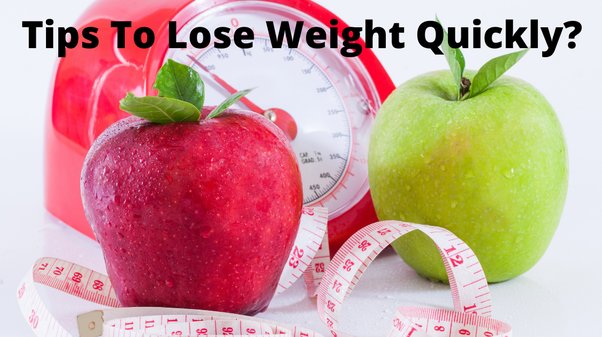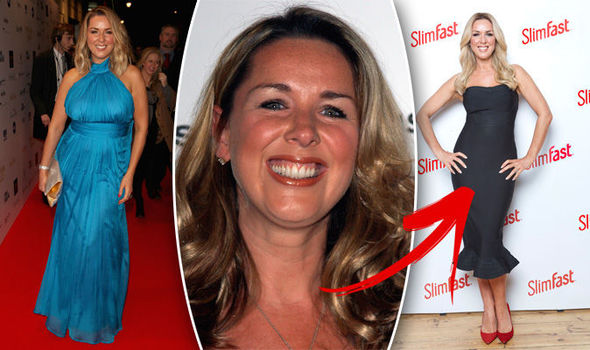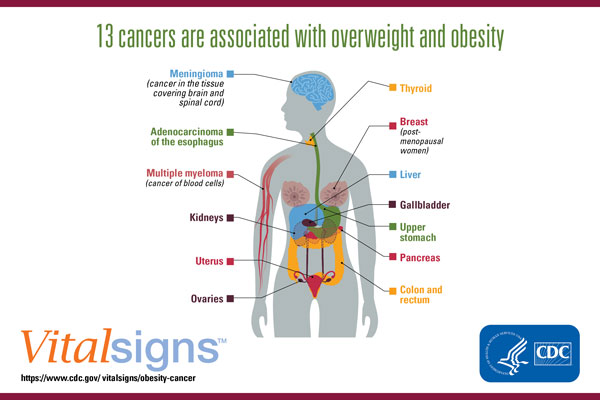
Participation is key to any successful weight loss strategy. It helps you draw a line in the sand when you're indulging in food. Here are some tips about portion control. These are some great tips:
Serving size card
If you've been trying to lose weight but are finding it difficult to determine the amount you should eat, it's time to invest in a serving size card. A free, printable serving-size card has been created by the National Heart, Lung, and Blood Institute to help you estimate how many servings of each common food group. This card will show you how many servings of common foods groups (including whole grains, sugars and fats) each one contains.

Portion control plates
These portion control plates are an excellent way to manage your portions and keep a healthy body weight. These plates can be helpful for people with diabetes to stick to their meals and lose weight. These plates can help those with diabetes or high blood pressure maintain a healthy weight. You can lose weight and eat healthier with these portion control plates. They are also affordable and can help with a healthy lifestyle.
Calorie goal calculator
A calorie goal calculater is an invaluable tool that can help you figure out how much food you must eat daily to achieve your weight loss goals. This calculator takes into consideration your age, height, sexuality, and activity level. It will then give you a personalized recommendation of how many calories to consume per day. For the best results, it is a good idea to consult a trained professional.
Restaurant portion size
Researchers disagree on the validity of this conclusion. However, they have determined that restaurant portion sizes are strongly related to weight gain. A rise in obesity and restaurant portion sizes was linked to an overall increase of energy intake. These effects have been observed even though the connections are not always obvious to consumers. In 2010, the Dietary Guidelines Advisory Committee (DGAC) concluded that "strong evidence supports a significant relationship between increased portion size and increased body weight."
Making smaller meals
You can eat smaller portions and increase your awareness about what you eat. People find it easier to lose weight if they keep track of how much and how full they feel. Because we are more likely to eat less if we get larger portions, this is why we tend not to eat as much. A food journal can help you keep track of your eating habits and make adjustments to your diet. You don't have to make smaller meals in order to lose weight. There are many practical options. Below are some tips that will help reduce portions and improve your feeling of fullness, while still maintaining a delicious flavor.

Reduced food cravings
Your activity level can help reduce food cravings. Weight loss can be maintained by eating healthier and exercising. Walking 5 minutes before lunch reduced cravings by as much as 20 percent. By increasing your activity, your brain will become more distracted, which can decrease the desire to snack on unhealthy food. A higher intake of protein and reduced consumption of processed food can help to lose weight and make you feel less hungry.
FAQ
What can I drink during intermittent fasting in the morning?
You should try drinking water first thing in the morning. It will help you feel fuller, faster, and it will give you energy throughout your day. Add lemon juice or cucumber pieces to spice it up.
Are cardio exercises a good way to lose weight quickly?
Cardio exercises are great at burning calories but don't help you lose weight. It all depends upon how much fat you have stored, and what type or exercise you do.
If you're overweight, then cardio exercises may not be enough to burn off all those extra pounds.
It is important to combine them with exercise and diet.
Cardio exercises, such as running or jogging, can help you lose weight quickly. These types of exercises burn more calories per hour than any other exercise.
However, resistance training is required if you wish to build muscles and not lose weight. Resistance training uses no weights or machines. It also includes elastic bands and free weights.
You can lose weight quickly by combining cardio and resistance training.
A combination of cardio and resistance training will help you lose weight quickly.
What Amount of Weight Can You Lose In A Week?
Your current body fat percentage will determine how much weight you can lose. You need to determine how much weight loss you are looking for. Your BMI is a measure of how much weight you need to lose. If your BMI is 25 or greater, you're overweight. If your BMI is 30 or higher, you're obese.
For example, if you weigh 200 pounds, your BMI would be calculated at 28.7. To drop to a healthy range of weight, you will need to lose approximately 70 pounds. To see if you're overweight, visit www.healthyminds.com/bmi/.
Once you know your BMI, this formula will allow you to determine how many pounds per week you'll be able to lose.
(Your Goal Weight - Current Weight)/BMI * 7 Number Of Pounds Lost Per Week
To lose 50lbs in a month you will need 2 weeks worth of exercise. This equals 56 days. Then, divide that by 7 pound per day. This works out to 8.3 lbs per week.
You could also try this calculator from www.weightlosscalculator.net. It will provide an approximate amount of calories that you would need daily to lose one pound per month.
What foods help me lose more weight?
By eating less calories, you can lose weight quicker. This can be done in two ways:
-
Reduce how many calories you eat daily.
-
Increase the number of calories you burn through physical activity.
It is not easy to reduce the calories you consume. After all, we're bombarded with calorie-laden fast food options everywhere we turn. Here's a list to help you shed those extra kilos.
-
Beans contain high levels of fiber and protein. They are low in calories, so they're a good choice for people who want to lower their caloric intake.
-
Oatmeal is low in calories but high in nutrients like magnesium and potassium. Oatmeal also contains less sugar that other cereals.
-
Eggs are rich in protein and cholesterol. Consuming eggs at least once a week can increase your metabolism and help you burn more calories.
-
Whole grain bread has been shown to reduce hunger pangs so that you may feel fuller longer.
-
Dark chocolate contains antioxidants and flavonoids that have been linked both to better cardiovascular health and lower blood pressure.
-
Cottage cheese is rich in calcium which aids in bone strength. Cottage cheese is also high in calcium, which aids in bone strength.
-
Salmon is packed with omega-3 fatty acids, which promote brain development and improve cardiovascular function.
-
Green tea is rich in catechins, compounds which fight cancer and increase metabolism.
-
Broccoli is a great source of folic acid, which reduces homocysteine levels in the blood. Homocysteine high levels are associated with increased heart disease risk and stroke.
-
Yogurt is an excellent way to include probiotics in your diet without adding sugars. Probiotics are vital for good digestive health.
-
Berries can be a healthy snack choice that tastes great and is very nutritious. Blueberries (strawberries), blackberries; raspberries and cranberries all provide excellent sources of vitamins.
-
Avocados are full of healthy fats. A half avocado contains 80 calories and plenty of fiber.
-
Nuts are delicious snacks that also provide a lot of protein. Nuts include cashews (almonds), hazelnuts (pecans), walnuts, walnuts, and pistachios.
-
Sweet potatoes are another starchy crop that is rich in beta carotene. This makes your skin glow. The orange variety is particularly beneficial because they contain higher amounts of beta carotene than regular sweet potatoes.
Are there any side effects of intermittent fasting?
Intermittent fasting is safe and has no side effects. But, it is possible to experience minor side effects if you plan poorly.
You might feel irritable if you skip breakfast. It is possible to experience headaches and muscle cramps.
These symptoms usually resolve within a few weeks.
What length of Intermittent Fasting should I be doing to lose weight?
It is not as easy as you think. When determining the number of days you should fast for optimal fat reduction, there are many factors to consider. These are:
-
Your age. You may find intermittent fasting too difficult if you're younger (under 40) because you have less time between fasts. Alternately, if your age is over 60, intermittent fasting might prove too challenging because you may not have enough energy to last for extended periods of time.
-
Your current body composition. A longer period of fasting is more beneficial for those with a lot of muscle mass. Shorter fasting might be more appropriate for you if you have less muscle mass.
-
How physically active. You may need to increase your fasting time if you exercise often. This will ensure you get enough rest between workouts.
-
Your medical history. Extra fasting may be necessary for people who have heart disease, diabetes, cancer, or other medical conditions.
-
How can you manage stress? Stressful situations often cause us to eat more. You might need to lengthen your fasting windows in order not to have this problem.
-
The type of diet you follow. Certain diets, like ketogenic diets, may require even longer fasting periods.
-
The quality of sleep you receive. Lack of sleep has also been linked to increased appetite and decreased metabolism. Therefore, it may take some experimentation before determining what works best for you.
-
The amount of protein you consume. Protein stabilizes blood sugar levels. Therefore, eating more protein could result in lower insulin levels. This would allow for you to fast more often.
-
People who want to gain weight or lose it will need to fast for longer periods of time than those trying to lose.
-
What proportion of calories do your fasting hours allow you to consume? Fasting fewer calories per day may result in greater fat loss than fasting for more calories per day.
-
Your overall fitness level. A person who is very fit will burn more calories every day because they are faster.
-
Your gender. Men have greater appetites than women and may need to fast longer. Women are more likely to have smaller appetites and may need to fast only 20-30 minutes every day.
-
Your lifestyle. Are you someone who is active? Do you do a lot of exercise each week? Are you a worker who sits at a computer all day? All these factors can have an impact on how much time you should speed.
-
How much money do your spend on food every day? It doesn't always mean that you should spend a lot of money on groceries if you eat healthy foods. It's possible to save money by purchasing whole grains rather than white bread, fruit instead of candy bars, lean meats instead fatty cuts, and fruits instead of candy.
-
How important it can be to control your appetite. You might not have to fast as much if your hunger isn't a problem.
How does intermittent fasting impact my sleep?
Intermittent fasting is a good thing for your sleep. When you skip meals, your hunger hormones increase. You may wake up more often at night because of this.
Experts advise skipping breakfast. Experts recommend having a light snack before going to bed.
You can still eat a small meal if you feel hungry after the snack.
Be careful not to overeat. You'll gain weight, not lose it.
Statistics
- One 6-month study showed that simply doing 11 minutes of strength-based exercises 3 times per week resulted in a 7.4% increase in metabolic rate, on average. (healthline.com)
- According to Harvard Health, it's estimated that a 155-pound (70-kg) person burns roughly 112 calories per 30 minutes of weight training (5). (healthline.com)
- According to a study sponsored by the American Council on Exercise, a person weighing around 140 pounds (64 kg) would burn 108 calories at a 30-minute beginner's Pilates class or 168 calories at an advanced class of the same duration (26). (healthline.com)
- It's estimated that half of all American adults attempt to lose weight every year (1Trusted (healthline.com)
External Links
How To
How to lose weight quickly
There are many fast ways to lose weight. Most people find these methods ineffective and not sustainable. It is best to exercise and lose weight quickly through diet. It is important to eat less calories than your body burns each day. This means you should eat less calories than your body burns during normal activities. Reduce your calorie intake to quickly lose weight.
You should avoid foods that contain large amounts of fat and sugar since they increase your appetite. You should also drink lots of water every day. It helps keep you hydrated and keeps your metabolism running at its peak. Combining these three elements together will give you results faster than you thought possible.